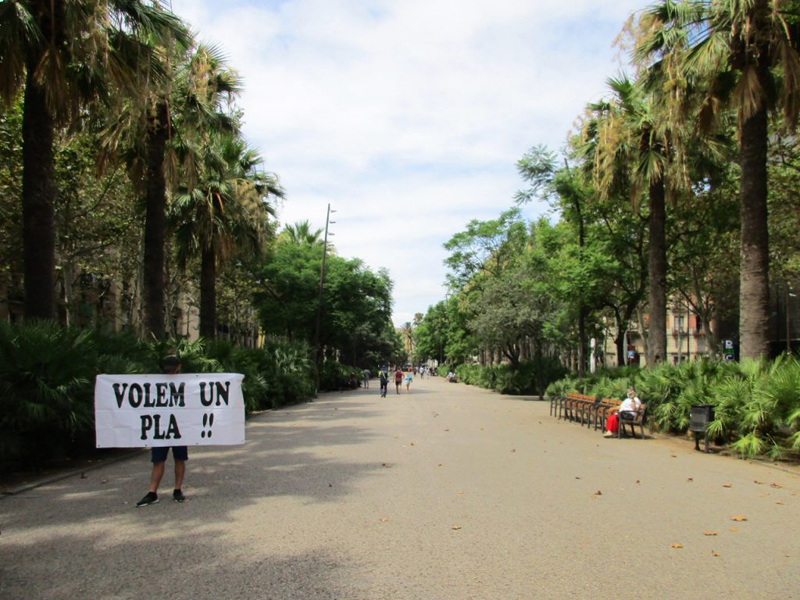CHAPTER IV: THE EVOLUTION OF URBAN ARTIFACTS The Thesis of Maurice Halbwachs In the last twenty years Barcelona has become a top touristic destination. An important part in this achievement is due to the extensive effort in urban reshaping started in the 80’s of the last century. The interventions in the historic center have had a key […]
CHAPTER IV: THE EVOLUTION OF URBAN ARTIFACTS
The Thesis of Maurice Halbwachs

In the last twenty years Barcelona has become a top touristic destination. An important part in this achievement is due to the extensive effort in urban reshaping started in the 80’s of the last century. The interventions in the historic center have had a key role in the regeneration and the promotion of the city on the global stage. The operations in the Old City (Ciutat Vella), led by famous architects like Bohigas and Busquets, were based on Aldo Rossi’s theories on urban shapes, and followed an unusual dialogue between existing and new architecture. The creation of the whole new Rambla del Raval (1996-2001) throughout the demolition of almost 3000 houses in the historic tissue, has been the most consistent operation. The physical impact of the Rambla had been vast and deep: the transformations have gone way beyond the expected effects and one of the first consequences has been the creation of an ideal terrain vague where the increasing communities of non-European immigrants filled both the physical and social voids created by the interventions. The ‘new’ Old City of Barcelona entered in a process of gentrification, becoming a incredibly popular touristic destination, a result that was out of any plan when the renovation started. Newcomers (tourists, visitors and immigrants) have, quite obviously, adapted faster and better to the new morphology of the center and, differently from the locals, they appreciate the original historic features of old urban tissue.
Founded in 2012, BUREAU A is the association of Leopold Banchini and Daniel Zamarbide. Architects by training BUREAU A is a multidisciplinary platform aiming to blur the boundaries of research and project making on architectural related subjects, whichever their nature and status.

